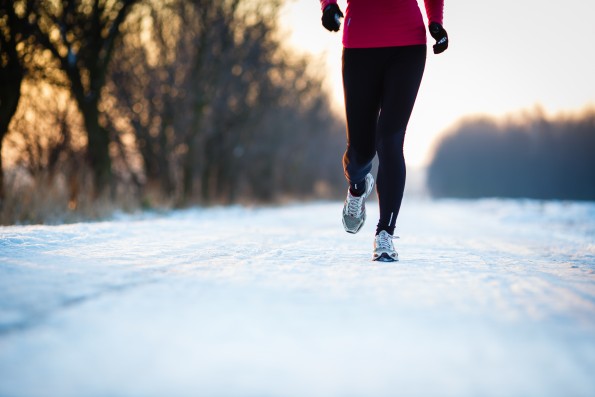
It’s a new year. You’ve made a resolution to start working out again. You head off to the gym and grab the dumbbells and start pumping; then you get on your back and start doing sit-ups. No pain no gain right? Well it turns out pain isn’t the shortest route to gain. And pain could just actually just lead to more pain, if you aren’t careful.
Every day, about 11,000 people visit emergency rooms from sports, recreation and exercise-related activities, according to the Centers for Disease Control and Prevention (CDC).
One of every six emergency room visits is due to a sports or exercise-related injury. According to a recent $8 million study by the CDC, those who are injured and in pain are 97% less likely to be fit than those who aren’t in pain. Exercise-related injuries often prevent future participation in healthy activities.
So how can you keep that New Year’s resolution but avoid hurting yourself when you’re getting started breaking a (non hot-sauce induced) sweat again?
“Depending on what your overall fitness level is, you may want to see your primary care doctor to make sure your heart is healthy and that you’re okay to start a rigorous program,” said Dr. Brady Barker, an orthopedic surgeon with Utah health care provider, Revere Health.
If you are sedentary, you’ll want to take it really slow, he said. Do less weight and more repetitions to try to prevent injury.
“If you’re middle aged, try not to pretend you’re still 17 and can go full at it like you were back in the day,” Barker said. “We often see the weekend warrior-type person who is in their 40s and hasn’t played ball in a long time. They try to go out an play some church ball and end up tearing an achilles tendon or ACL because they aren’t used to that level of exercise, even if in their mind they are.”
Women, more often than men, tend to get osteoporosis, he added, which causes bones to become weak and brittle, and Caucasian women are at more risk than any other demographic.
“Weight bearing exercises are good for strengthening bone,” Barker said. “Running and walking have been shown to increase bone marrow density. Vitamin D and Calcium supplements also help.
Other good bone-strengthening exercises include Tai Chi, yoga, golf, dancing, hiking, racket sports and strength training.
According to the National Osteoporosis Foundation, the new Institute of Medicine Calcium Calculator indicates that 89 percent of calculator users aren’t getting enough calcium.
“These findings suggest that many people may not be aware of the importance of bone-healthy nutrition,” IOF CEO Judy Stenmark said in a statement. “A healthy, balanced diet combined with regular exercise and smart lifestyle choices, such as not smoking and moderate alcohol intake, helps set the foundation for strong bones as you age. For those at high risk of fracture due to osteoporosis, a bone-healthy diet also supports falls prevention and enhances the benefits of therapy.”
The Utah Department of Health recommends a regular exercise program to improve strength, balance and coordination.
In 2012, there were more than 3,000 fall-related hospitalizations among older Utahns, costing more than $95 million in treatment charges.
“But most falls are preventable if we can help older adults learn what hazards to remove from their homes and help them increase their strength and balance,” said UDOH Violence and Injury Prevention Program Manager Trisha Keller in a statement.
“The main thing is to be consistent,” Barker said. “Start out slow and don’t try to do too much too soon. Have a program. It’s good to work with a trainer or physical therapist to get some ideas on how to start exercising and do it in a safe and gradual manner.”





